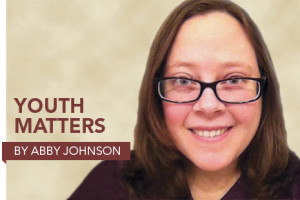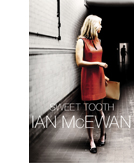
Content creation may seem like a novel function for libraries, but it’s nothing new. If you think back to the traditional library of yesteryear (or even traditional services in today’s library), you will notice plenty of examples of content being created.
For instance, has your library ever done any of the following?
- Produced a pathfinder or a tip-sheet handout;
- Written a book review;
- Created a newsletter or blog specifically for patrons;
- Authored original stories for storytime; or
- Developed and led programs and classes
All these activities are content creation. In fact, libraries have always tried to make it easy for our customers to interact with and understand our libraries and materials. Now we’re just using newer tools such as social media sites, video equipment, and microphones to make it that much easier to share our content and acknowledge it as such.
Here are other ways libraries create content for customers:
Videos
These days, making a quality video to post online is as easy as pressing the upload button on YouTube. Okay, maybe not quite that easy—there is, after all, a bit of lighting, script-writing, and video editing involved.
But if you visit YouTube and browse around, you will find a number of libraries that have their own channels. Edmonton (Alberta) Public Library’s YouTube channel provides an introduction to the library, introductions to specific services, how-to videos, videos for children, and promos for the library’s summer reading program. Watch its short video (1:15) titled “Storytime Station—Zoom Zoom.”
Podcasts
Many libraries also podcast, some by capturing the audio of programs by library hosts and sending them out via iTunes as a podcast. Other libraries create weekly or monthly podcast shows. For example, Topeka and Shawnee County (Kans.) Public Library (where David works) does regular book-related podcasts, where special guests from the library and community discuss library resources and collections that will help customers learn about new bestsellers and emerging genres. It’s a great way to discover what other people are reading and recommending.
Seattle (Wash.) Public Library has an audio podcast in which listeners can find author readings by Cory Doctorow, Aimee Phan, and J. A. Jance, among others.
Blog posts
A simple “what’s new” post is easy to write and can be handy for customers. What was once a typical chat with a patron—informative but lost to the wider community as soon as the words were uttered—is transformed by the blog platform into content the entire community can access. Here’s one example: The What’s New blog at Portland (Oreg.) State University’s Branford P. Millar Library focuses on recent library news and highlights grants received and new materials acquired.
Staff members at Lester Public Library in Two Rivers, Wisconsin, write the Blogging LPL blog, which also focuses on library news and is updated several times per week.
Your expertise
You may not think of yourself as content, but you are a walking treasure trove of knowledge—about your library, about a variety of topics, even about how to navigate the web. Those conversations you have with customers? That’s library-created original content right there, and ultimately, the most valuable content a library has is you.
DAVID LEE KING is digital services director for Topeka and Shawnee County (Kans.) Public Library. MICHAEL PORTER is currently leading the effort of the e-content-centric nonprofit Library Renewal and has worked for more than 20 years as a librarian, presenter, and consultant for libraries.


